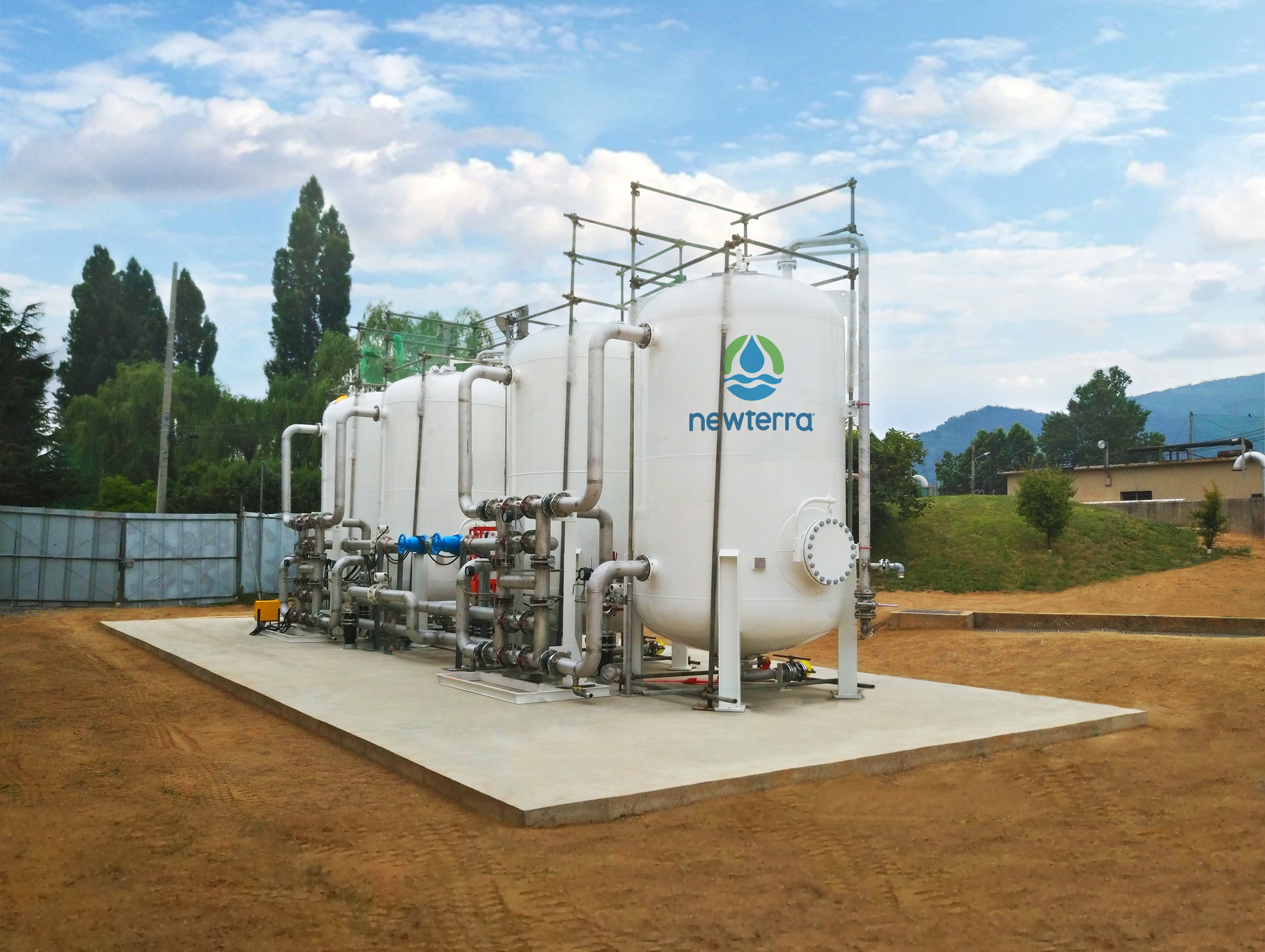Cutting-edge PFAS Treatment Solutions for Safer Water
The raising frequency of PFAS contamination in water materials demands a vital evaluation of cutting-edge treatment services. Advanced filtration technologies and novel chemical treatments present appealing avenues for lowering these consistent contaminants. In addition, arising bioremediation techniques offer a more lasting approach to dealing with PFAS challenges. As governing structures remain to adjust, comprehending the effectiveness and scalability of these options becomes extremely important. What effects do these improvements hold for public health and ecological restoration, and exactly how can stakeholders efficiently execute them in diverse contexts?
Introduction of PFAS Contamination
PFAS contamination has actually emerged as a considerable environmental and public health issue. Per- and polyfluoroalkyl substances (PFAS) are a team of synthetic chemicals understood for their perseverance in the setting and body, leading them to be typically referred to as "forever chemicals." These compounds have actually been commonly made use of in numerous markets, consisting of firefighting foams, water-repellent textiles, and food product packaging, mostly due to their water- and grease-resistant buildings.
The extensive use PFAS has actually led to their detection in dirt, water supplies, and even in the blood of human beings and pets. Research studies have linked PFAS exposure to numerous health and wellness concerns, including developmental impacts in infants, body immune system dysfunction, and different forms of cancer cells. Additionally, the environmental persistence of these substances complicates their degradation and elimination, raising concerns about long-term ecological effects.
Governing bodies are increasingly implementing rigorous guidelines to monitor and reduce PFAS levels in alcohol consumption water and other ecological mediums. As recognition of PFAS contamination grows, it has come to be crucial for neighborhoods and sectors to look for effective treatment services to alleviate exposure and guard public wellness.
Advanced Filtering Technologies
As the urgency to resolve PFAS contamination increases, advanced purification innovations have arised as a pivotal component in the removal initiatives focused on removing these relentless chemicals from water sources. These modern technologies leverage sophisticated systems to successfully target and catch PFAS substances, which are infamously resistant to traditional therapy methods.
One of one of the most promising strategies is using granular turned on carbon (GAC), which adsorbs PFAS particles due to its high surface and porous framework. This technique has actually been commonly executed in both metropolitan and commercial setups, demonstrating considerable decreases in PFAS focus. In addition, ion exchange materials have acquired grip, particularly made to uniquely bind PFAS ions from water, hence promoting their removal.
Membrane filtering innovations, such as reverse osmosis and nanofiltration, likewise reveal efficiency in PFAS elimination by literally separating impurities from water - pfas management. These systems can attain high degrees of pureness, Recommended Site making them appropriate for drinking water applications
Chemical Treatment Advancements
Many chemical treatment innovations are being discovered to successfully attend to PFAS contamination in water materials. One promising approach involves using advanced oxidation processes (AOPs), which use effective oxidants such as ozone, hydrogen peroxide, or chlorine dioxide combined with UV light to break down PFAS substances into much less hazardous materials. This method has demonstrated efficiency in lab settings, revealing potential for scalability in real-world applications.
Another cutting-edge approach is the growth of ion-exchange resins particularly created to target PFAS. These materials can selectively adsorb PFAS compounds from water, permitting their elimination during treatment procedures. Recent developments have enhanced the performance and capacity of these resins, making them a positive option for water therapy centers.
In addition, scientists are investigating the use of chemical agents like persulfate and ferrous ions to enhance the destruction of PFAS in contaminated water. These representatives can induce chain reaction that facilitate the break down of relentless PFAS compounds.
Emerging Bioremediation Techniques
Recent innovations in chemical treatment innovations have actually led the way for discovering bioremediation strategies as a viable choice for addressing PFAS contamination. Bioremediation harnesses the all-natural metabolic procedures of microorganisms to degrade or transform pollutants, making it an enticing method for dealing with persistent pollutants like PFAS.
Emerging methods in bioremediation consist of the usage of genetically crafted microorganisms that can specifically target and damage down PFAS substances. These microbial strains are being established for their improved destruction abilities, raising the effectiveness of the removal procedure. Furthermore, scientists are investigating the capacity of plant-assisted bioremediation, you could try these out where specific plant varieties may uptake and sequester PFAS from infected soil and water.
An additional encouraging technique is the application of bioaugmentation, which entails presenting helpful bacteria into polluted atmospheres to boost the degradation of PFAS. This approach can promote quicker removal timelines and enhance overall effectiveness.

Governing Frameworks and Criteria
A detailed governing structure is crucial for effectively handling PFAS contamination and ensuring public health defense. The increasing acknowledgment of per- and polyfluoroalkyl substances (PFAS) as ecological pollutants has triggered numerous federal and state firms to develop criteria that govern their existence in water products. The United State Environmental Security Company (EPA) has established wellness advisories and is pursuing establishing enforceable restrictions for PFAS in alcohol consumption water.
State-level policies differ significantly, with some states adopting more stringent guidelines than those suggested by the EPA. These guidelines typically include optimum impurity levels (MCLs) for particular PFAS substances, tracking demands, and reporting obligations for water energies. Furthermore, emerging structures concentrate on the removal of polluted sites, stressing the requirement for effective therapy innovations.

Final Thought
Finally, the advancement and implementation of ingenious PFAS treatment remedies are essential for attending to the pervasive issue of water contamination. Advanced purification modern technologies, chemical treatments, and emerging bioremediation strategies collectively offer a multifaceted approach to efficiently decrease and degrade PFAS degrees. As regulatory structures remain to evolve, incorporating these innovations will certainly be vital to guard public health and wellness and restore the honesty of polluted water resources, eventually adding to a cleaner and more secure environment.